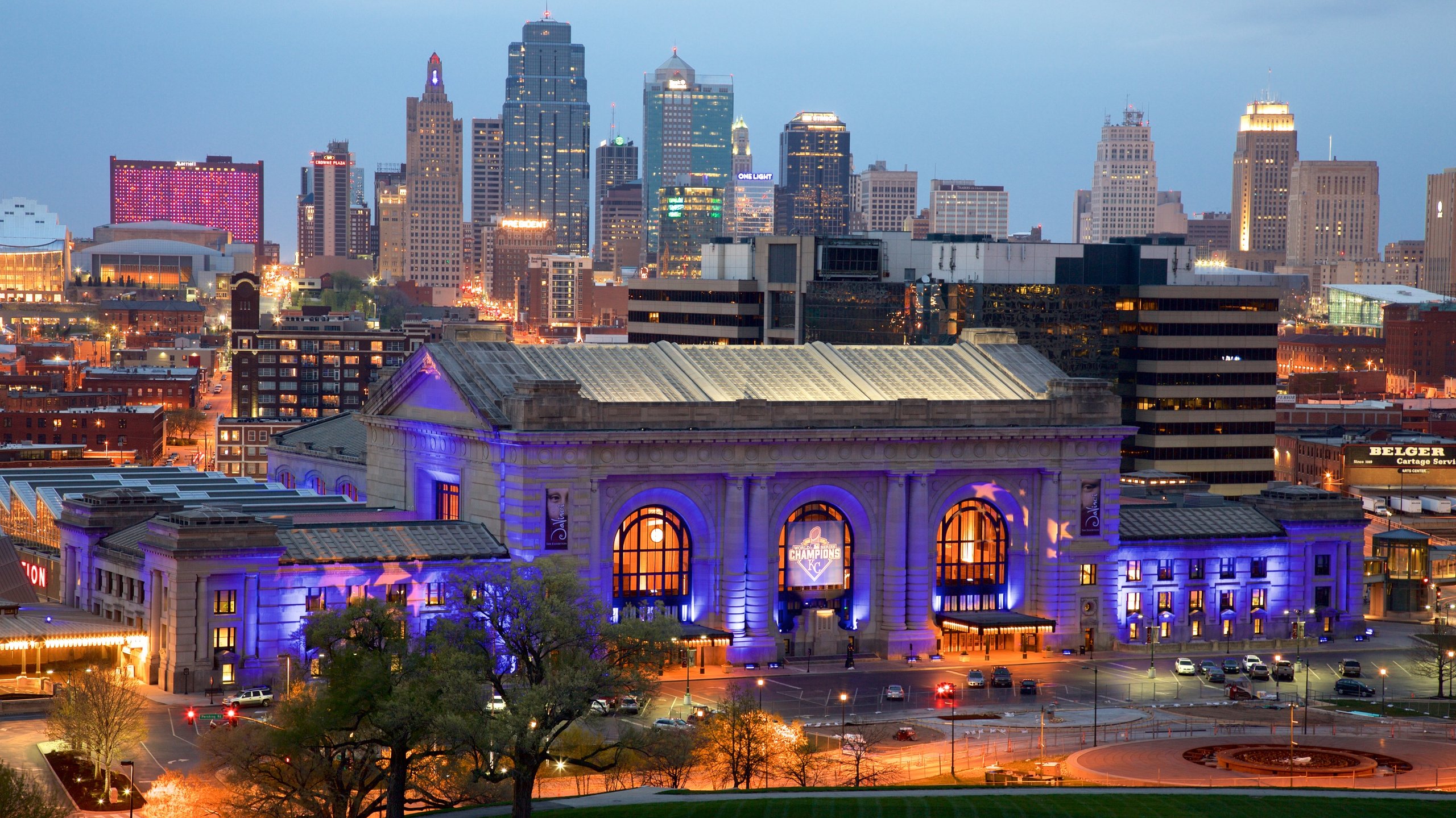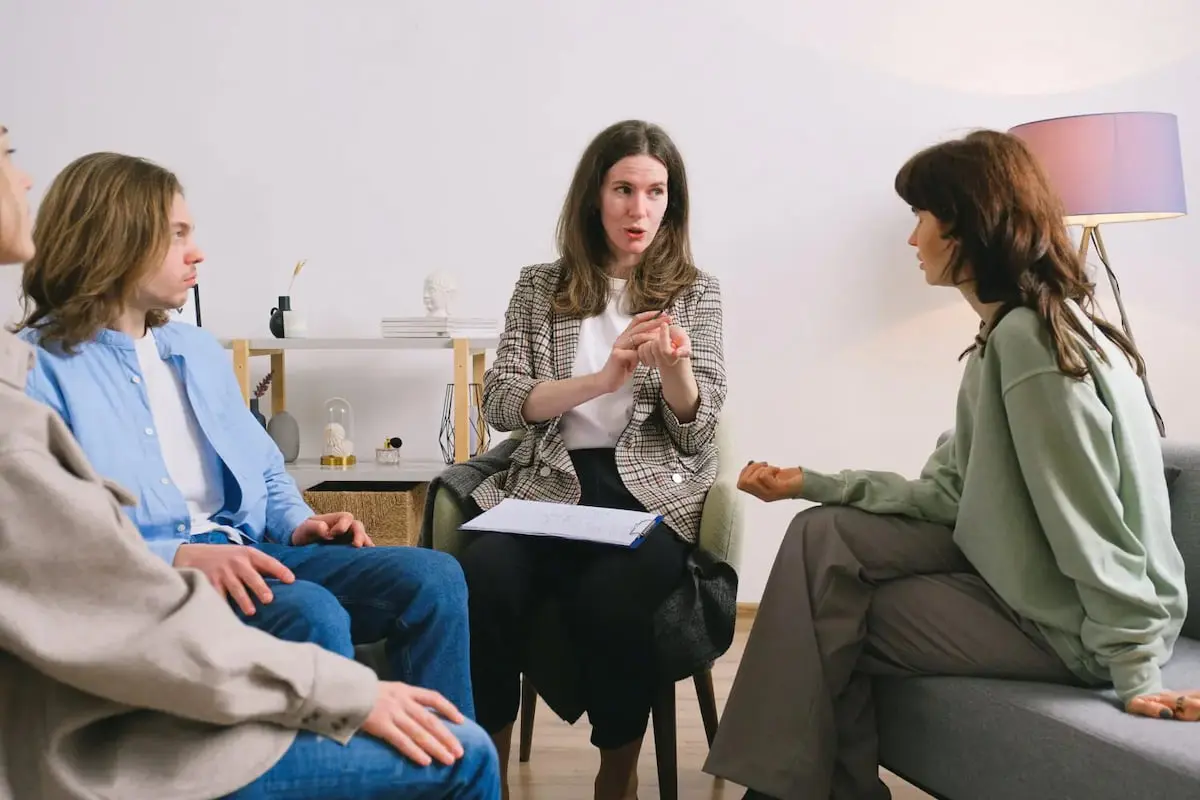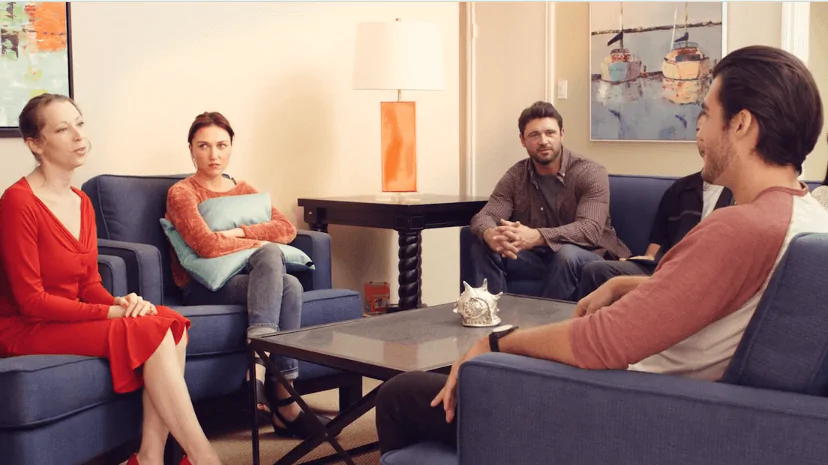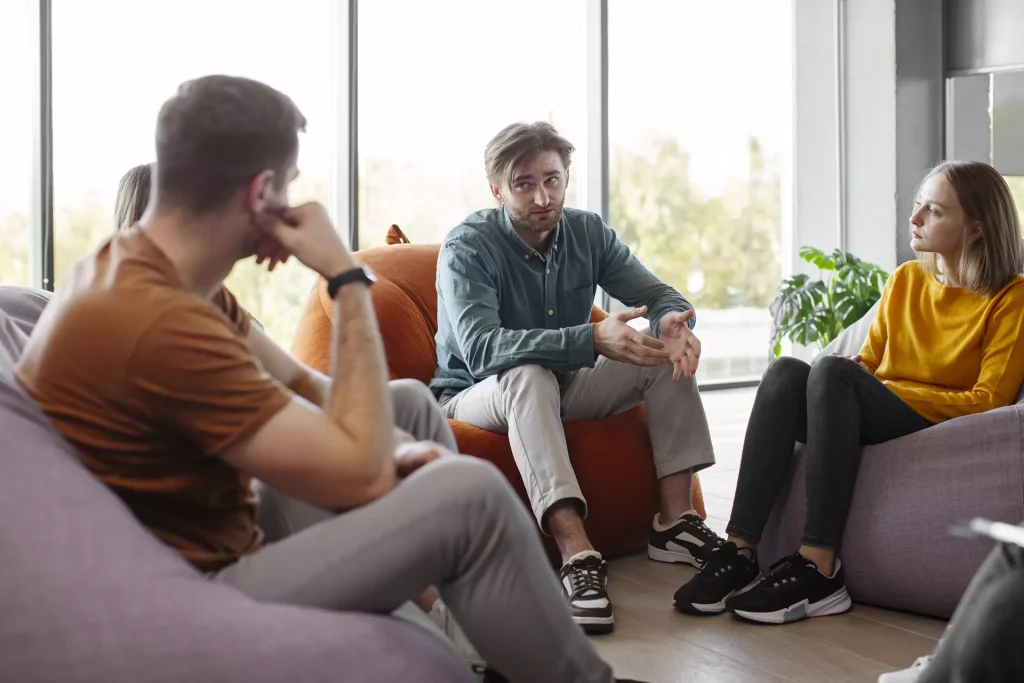24/7 Helpline:
(866) 899-111424/7 Helpline:
(866) 899-1114
Learn more about Klonopin Rehab centers in Blue Eye
Klonopin Rehab in Other Cities

Other Insurance Options

Providence

Meritain

Optum

Health Net

Anthem

MHNNet Behavioral Health

UMR

CareSource

WellCare Health Plans

Health Choice

CareFirst

Aetna
Beacon

Highmark

Coventry Health Care

Group Health Incorporated

Lucent

Sliding scale payment assistance

Private insurance

American Behavioral











